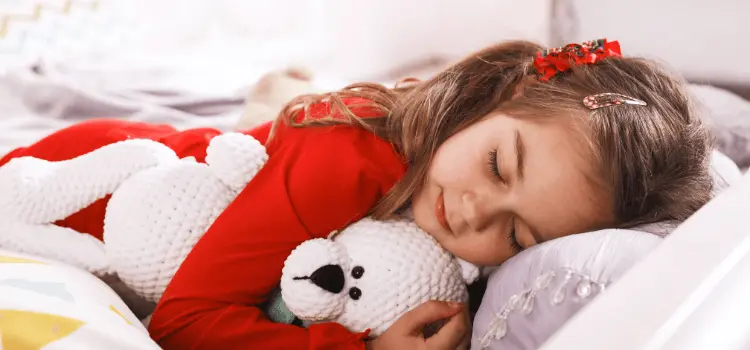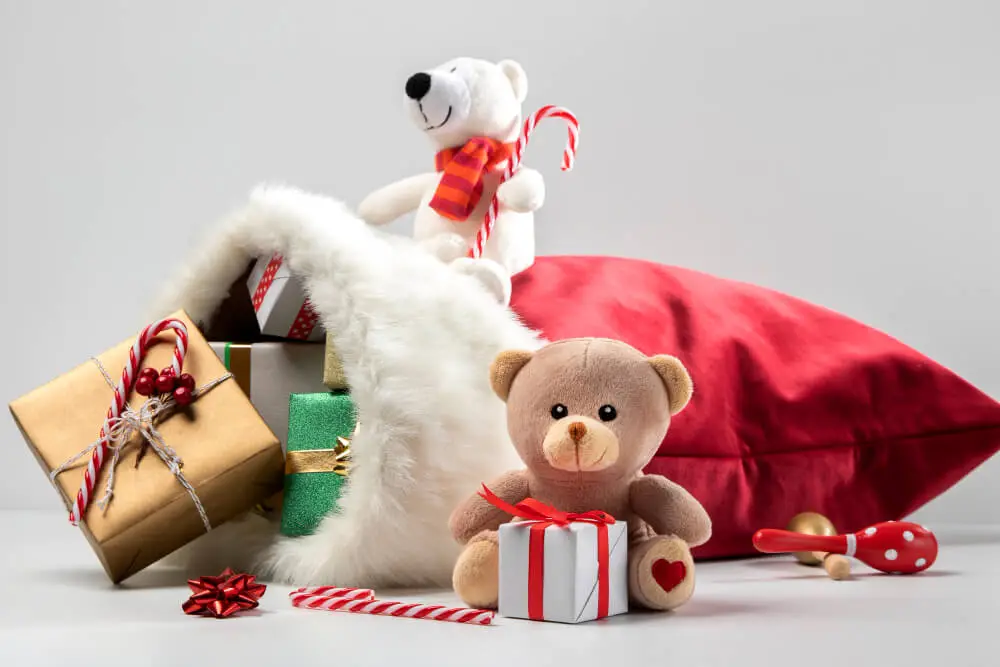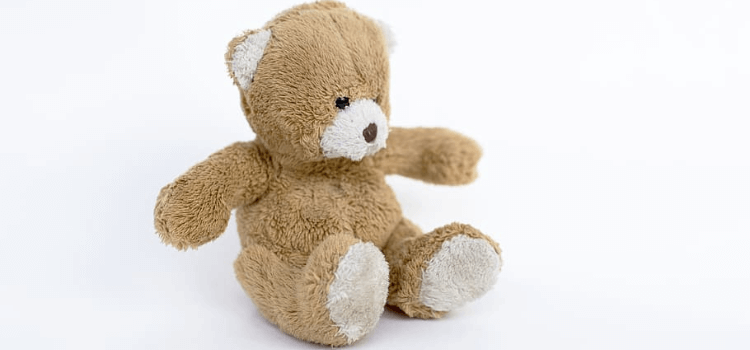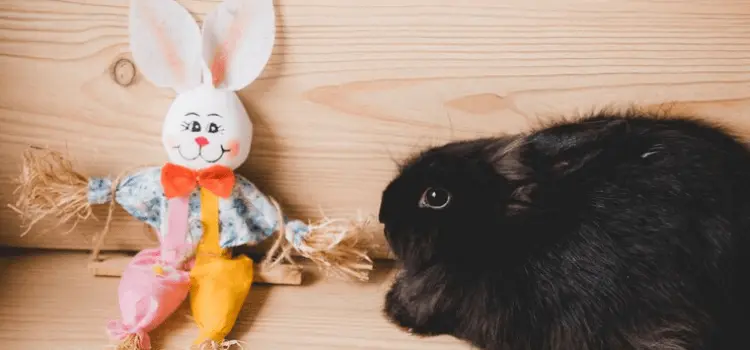Introduction
Deciding when your little one is ready to sleep with a stuffed animal can be a challenging dilemma for new parents. You might be unsure of when it’s safe or how this decision can impact your baby’s health and development. This expert guide addresses the question, “When can babies sleep with a stuffed animal?” We’ll explore safety guidelines, developmental aspects, and more to provide you with a thorough understanding of the topic.
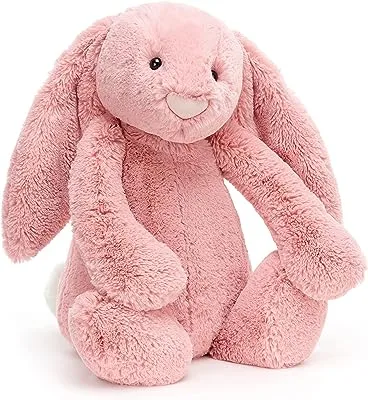
When Can Babies Sleep with a Stuffed Animal: An In-depth Look
The exact timing varies, as each child is unique in their developmental progress. However, pediatricians typically advise parents to wait until babies are 12 months old before introducing a stuffed animal into the sleeping environment.
Understanding the Safety Guidelines
Safety is a paramount concern when it comes to your baby’s sleeping environment. The American Academy of Pediatrics (AAP) recommends keeping the crib free of any soft objects, including stuffed animals until your baby is at least 12 months old to reduce the risk of suffocation or sudden infant death syndrome (SIDS).
The Connection between Stuffed Animals and Comfort
Stuffed animals often serve as transitional objects, providing comfort and security to toddlers as they learn to separate from their parents and become more independent. From about 12 months, as separation anxiety develops, having a familiar stuffed animal in bed can provide emotional support and foster a sense of security.
Selecting the Right Stuffed Animal
Not all stuffed animals are created equal. When it’s time to choose one for your child to sleep with, consider its size, material, and features. Opt for a small, lightweight plush toy with no small parts or accessories that could pose a choking hazard.
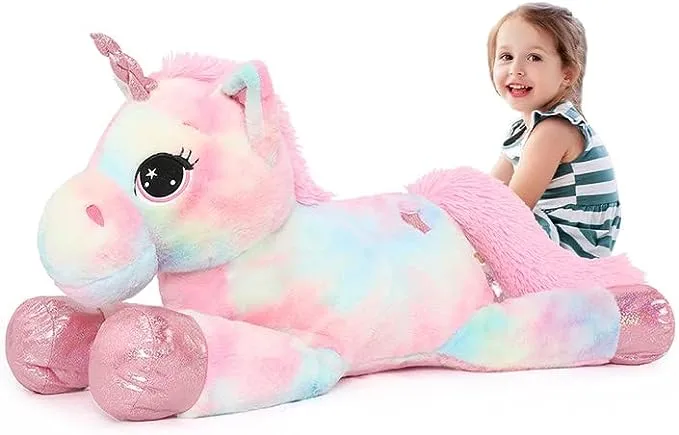
The Role of Stuffed Animals in Child Development
Stuffed animals do more than offer comfort. They can also play a critical role in your child’s cognitive and emotional development. Children often engage in pretend play with their stuffed animals, which enhances their creativity, communication skills, and empathy.
Transitioning to Sleeping with a Stuffed Animal
Transitioning to sleeping with a stuffed animal can be a significant change for your child. Start by introducing the stuffed animal during nap times when you can closely monitor your child. This will also help establish the stuffed animal as a part of the sleep routine.
Maintaining Hygiene and Safety with Stuffed Animals
Remember, stuffed animals can collect dust and allergens, which may cause problems for children with allergies or asthma. Regularly washing the stuffed animal and checking it for wear and tear will ensure it remains a safe companion for your child.
The Benefits of Delaying the Introduction of Stuffed Animals
Waiting until the recommended age to introduce a stuffed animal to your child’s sleep routine may seem challenging, especially if your baby shows an interest in soft toys. However, delaying has its benefits.
Reducing the Risk of SIDS and Suffocation
Sudden infant death syndrome (SIDS) is a cause of concern for many parents. Keeping the crib free of any objects until your baby is one year old is one of the most effective ways to reduce the risk of SIDS.
Promoting Healthy Sleep Habits
By waiting to introduce a stuffed animal, parents can help children establish healthy sleep habits without relying on comfort objects.
Common Concerns and Tips for Parents
Parenting can feel like navigating uncharted waters, especially when it comes to your child’s sleep. Here are some common concerns and tips.
Managing Separation Anxiety
If your child struggles with separation anxiety during bedtime, consider introducing a comfort object like a stuffed animal once they’ve reached the appropriate age. This transitional object can provide them with a sense of safety and stability.
The “One Teddy” Rule
While your child might have a collection of plush toys, it’s best to stick to the “one teddy” rule when it comes to bedtime. Too many toys can become a distraction and affect sleep quality.
Reconsidering Stuffed Animals for Allergy-Prone Children
For children prone to allergies or asthma, you may want to reconsider the use of stuffed animals in the sleep environment. Dust mites can settle in plush toys and trigger allergic reactions or asthma attacks.
Conclusion
Deciding when your baby can sleep with a stuffed animal is a significant milestone in your child’s life. By following safety guidelines, understanding the developmental aspects, and carefully considering your child’s individual needs, you can make an informed decision that ensures your child’s well-being. Remember, each child is unique, and what works for one might not work for another. So, don’t hesitate to seek advice from pediatricians and trust your instincts as a parent.
Frequently Asked Questions:
What age is safe for babies to sleep with a stuffed animal?
The safe age for babies to sleep with a stuffed animal is generally considered to be 12 months. At this age, the risk of SIDS drastically decreases, and your child is likely capable of removing a soft object from their face if needed.
Are there any alternatives to stuffed animals for comfort?
Yes, there are alternatives. You might consider using a small blanket or a pacifier as comfort objects, as long as your child is at an appropriate age and you’ve checked with your pediatrician.
How can I safely introduce a stuffed animal to my child’s sleep routine?
Begin by introducing the stuffed animal during nap times when you can closely monitor your child. Always choose a small, lightweight plush toy without any small, detachable parts.
Why is the 12-month mark significant in allowing babies to sleep with a stuffed animal?
The 12-month mark is significant because it’s around this age that babies gain the motor skills to move objects away from their faces, reducing the risk of SIDS or suffocation.
Should I allow my baby to sleep with a stuffed animal if they have allergies?
In cases of allergies or asthma, it’s best to consult with your child’s pediatrician. Stuffed animals can collect dust mites and other allergens, potentially triggering an allergic reaction or asthma attack.
Can sleeping with a stuffed animal help my child’s development?
Yes, stuffed animals can contribute to your child’s development. They provide comfort, promote independence, and facilitate creative play, which can enhance cognitive and emotional development.

